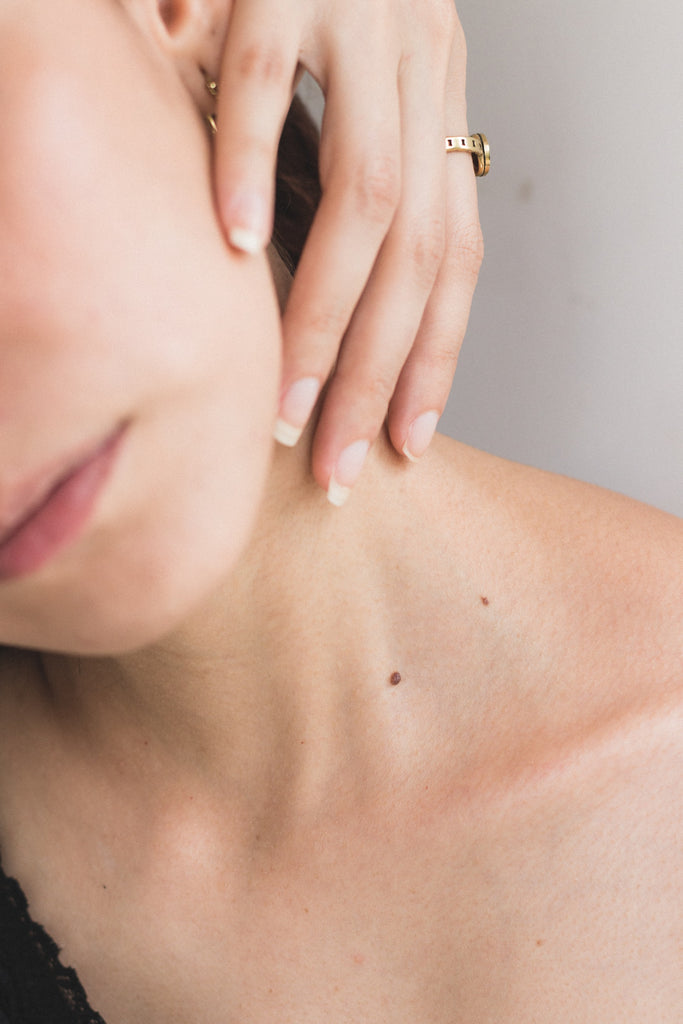Is the Clean Beauty movement really ‘Clean'?

At Bohokiwi, we believe in simplifying the process of making conscious beauty and lifestyle choices. Our brand is dedicated to sustainable beauty and period solutions, as well as promoting transparency within the beauty industry. It has been disheartening to witness brands creating an illusion of being "clean" without truly embodying the essence of the term.
In response to the unrealistic portrayals on social media and within the beauty industry, we embarked on extensive research to uncover the truth. After hours of investigation, here is what we have discovered.
The Evolving Landscape of Clean Beauty
Clean beauty is an exciting movement that is evolving rapidly. However, it can also be confusing and misleading. The exact definition of clean beauty is highly debated because the messaging surrounding clean beauty products is not regulated. Surprisingly, any brand can claim that their products are "green," "organic," "natural," "environmentally friendly," "sustainable," or any other term associated with clean beauty. Without regulations, there is no fact-checking process in place. This presents a challenge for consumers who need to dig deeper to align their favorite brands' claims with their personal ideals.
One important lesson we have learned is that the majority of trusted brands provide us with their best efforts and genuine information. However, a prevalent issue we noticed is the widespread presence of misinformation. Sometimes the truth can be misleading and lacks crucial details. The saying "what we don't know doesn't hurt us" doesn't always apply, especially when consumers are making conscientious efforts to protect their health and the planet. Consumers desire complete transparency to make well-informed decisions.
Understanding the Criteria for Clean Beauty Products
Essentially, a clean beauty product must fulfill two main criteria. Firstly, it should consist of clean ingredients, meaning that it poses no risk to your health. The ingredients list must exclusively include safe and clean components. The question arises: what defines "clean" ingredients? In theory, every cosmetic ingredient or material should undergo evaluation and grading based on safety and toxicity. Essentially, a product can only be considered clean if all its ingredients meet these criteria. Secondly, transparent labeling is crucial. A beauty brand that takes the effort to disclose and label all its ingredients and materials appropriately is on the right path towards clean beauty. However, not all brands are transparent. An example of this lack of transparency is the use of "fragrance" in beauty products. Fragrance is not considered an ingredient, and companies can hide other ingredients under this umbrella term. Another form of non-transparency is "greenwashing," where brands mislead consumers with buzzword labels like "natural" and "eco" to attract conscious buyers. To learn more about greenwashing, refer to our dedicated blog on the subject.
Simplicity is Key in Clean Beauty
Clean beauty doesn't involve mystery ingredients or false claims. It isn't about striving for perfection or using buzzwords like natural, organic, or preservative-free. In fact, man-made ingredients can be considered clean as long as they are safe and non-toxic. Clean beauty is about raising awareness and educating ourselves. Since the beauty industry lacks regulation, it is crucial to familiarize ourselves with the most common toxins present in our beauty and hygiene products.
While we don't expect you to become an obsessive clean beauty guru, we encourage you to make an effort for the sake of your health and our planet.
At Bohokiwi, we are committed to transparency and empowering you to make informed choices for a cleaner and healthier beauty routine.

Leave a comment